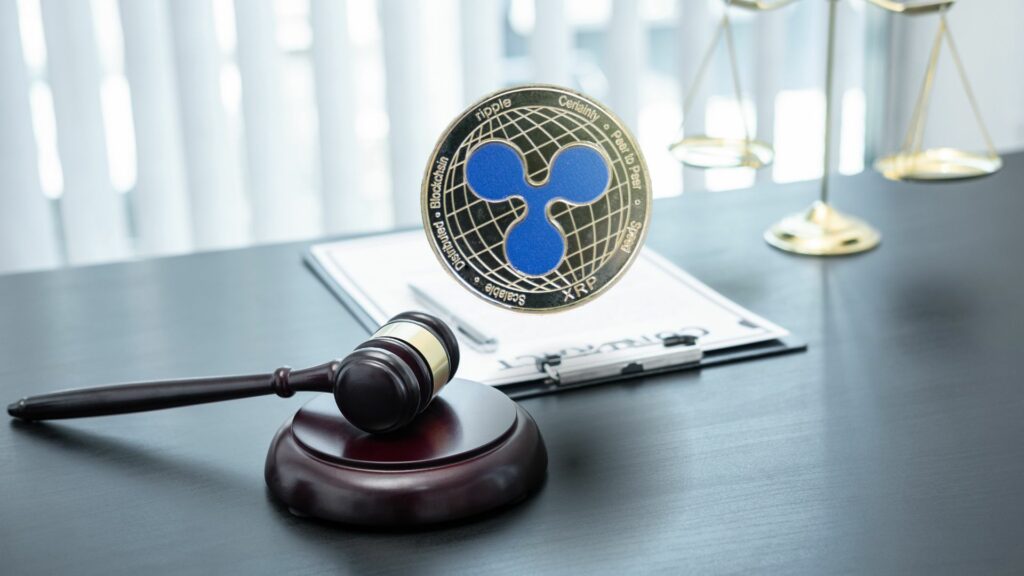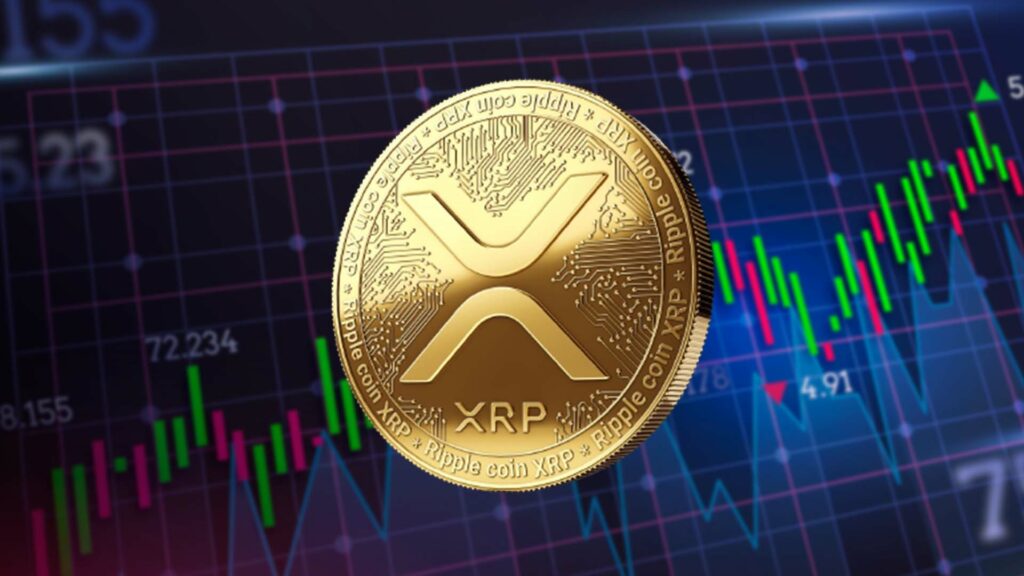There has been an ongoing legal battle for almost two years between Ripple, one of the largest blockchain networks, and the US Securities and Exchange Commission (SEC). Recently, there have been many developments regarding the case. In this article, we will convey the latest development. The SEC submitted its redacted response to Ripple’s summary decision move. Here are the details…
SEC responds after Ripple move
As we reported as Kriptokoin.com, Ripple and the SEC have been dealing with the lawsuit since December of 2020. The US securities regulator claims that Ripple is illegally selling XRP as an “unregistered security”. On the other hand, Ripple underlines that XRP is a commodity.

Looking at the latest developments, the parties have identified the necessary revisions in their summary decision responses. After the parties discussed yesterday, the SEC; It has officially submitted its corrected response to Ripple’s objection to the summary resolution motion. In a 62-page court filing, the SEC stated that defendants did not dispute the fact that sales of XRP constituted an “investment contract” proposal under Section 2(a)(1) of the Securities Act of 1933. It therefore claimed to have summary decision-making authority for it.
SEC points to three developments, calling XRP an “investment contract”
The SEC also provided three facts proving that Ripple’s XRP offering constitutes an investment contract. According to the agency, Ripple and its executives did not object that the blockchain company received $2 billion from investors in exchange for XRP. Nor did the defendants dispute the fact that constituted the “joint venture” leg of the Howey test. The SEC’s response included the following statements:
Ripple did not separately manage the funds raised from investors, but instead pooled the proceeds from the sale of XRP (Ripple’s most valuable holding of all time) and used them to fund their efforts to find use and value for XRP, as promised to investors.

The institution cited a quote from attorney John Deaton’s amici curiae briefing, which stated that a Ripple loss would hurt investors. He stated that the defendants’ efforts have tied the fortunes of XRP investors. In addition, the SEC argued that Ripple did not object to another pillar of the Howey test, the “expectation of profit from the efforts of others” clause. According to Deaton’s statement, “Defendants made a public statement stating that they will take steps to increase the value of XRP.” However, the institution claimed that it understands that potential and real investors are financially compelled to do just that, partly because of Ripple’s “huge XRP asset.”
“The argument does not reflect the law”
According to the SEC, Ripple’s counter-argument is that many XRP investors do not see the purchase of the coin as an investment in the blockchain company. The US SEC said that the argument does not reflect the law, as the real question should be whether Ripple is leading potential investors to expect profits from the efforts of others. The SEC used the following statements:
None of the defendants’ claims to the contrary preclude a summary decision. The defendants’ primary tactic is to deflect control precedent with fictitious tests, muddy the facts, and put the blame on the SEC.

Meanwhile, Ripple also presented its redacted response to the SEC’s opposition to the summary resolution motion. In the corrected response, Ripple reiterated that the summary decision should be made as the SEC could not prove that any XRP offering was an investment contract sale. He argued that the SEC’s allegations were not open to scrutiny and that the SEC had mischaracterized the events.